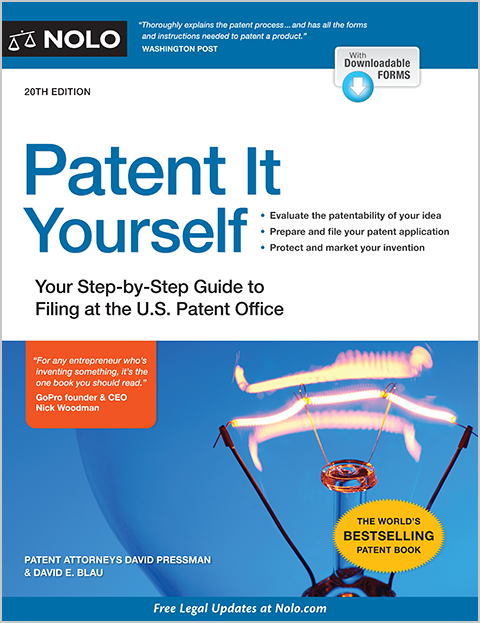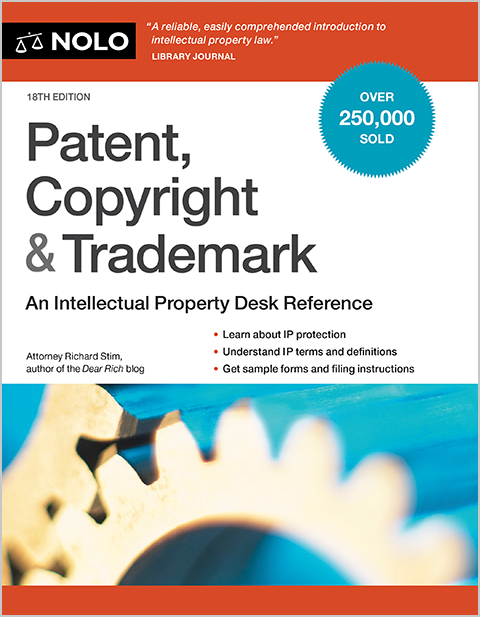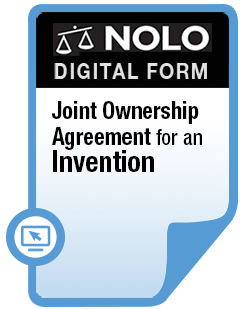Can you obtain a patent over your "invented" plant, fruit or seed?
Can a plant be "invented"? While that might sound strange, the U.S. Patent and Trademark Office issues two types of patents for plants, fruits, and seeds: plant patents and utility patents. What do these sorts of patents cover, and are you eligible to apply for one?
Plant Patents
In 1930, the United States began granting patents for plants. By 1931, the very first plant patent was issued to Henry Bosenberg for his climbing, ever-blooming rose. Under patent law, the inventor of a plant is the person who first appreciates its distinctive qualities and reproduces it asexually. In other words, a plant can be created (such as by breeding or grafting) or it can be "discovered."
Plants discovered in "the wild" or uncultivated state cannot be patented, because they occur freely in nature. But a plant discovered in a cultivated area can be patented, even if it is discovered in a cultivated area owned by someone else. In addition, a tuber plant such as a potato cannot be patented.
In order to acquire a plant patent, the inventor must have actually asexually reproduced the plant. Asexual reproduction means that the plant is reproduced by means other than seeds, usually accomplished by cutting or grafting of the plant. Asexual reproduction is the cornerstone of plant patents because that is what proves that the inventor (or discoverer) can duplicate the plant. The patented plant also must be novel and distinctive.
Consider, for example, the Smooth Angel rose plant, patented by Henry Davidson of Orinda, California. It is described as follows in its patent:
"A new rose variety of the hybrid tea class distinctive in its character by being near thornless and by having blooms which open with the outer petals being a cream color and the center petals yellow orange as hereafter shown and described. This rose is novel and distinctive from previous rose plants in the following ways: (1) near thornlessness (i.e., only a few thorns appear on some bushes); (2) an attractive full foliaged spreading plant; and (3) a medium to large, tight centered, full, symmetrical, two toned cream and yellow orange bloom. Asexual reproduction of the Smooth Angel was performed in California and was continued through succeeding propagations."
If a plant has existed in nature and has reproduced, it is not novel. In other words, if the patent examiner can find a previously reproducing version of the plant in nature, a patent will not be granted. However, a patent will be granted if the only previous version was a spontaneous, one-time aberration incapable of reproducing. For example, imagine someone discovers and asexually reproduces a seedless fig plant. Even though the seedless fig plant existed in nature, it was not capable of reproducing. Therefore, the plant is novel and would qualify for patent protection. To be distinctive, the plant must have characteristics that make it distinguishable from other varieties.
Plant varieties produced sexually (i.e., by seed) cannot be protected under patent law, but can be protected under a federal law enacted in 1970 known as the Plant Variety Protection Act. This law is administered by the Department of Agriculture and is set forth in 7 U.S.C. §§ 2421, 2422 & 2541.
In summary, the U.S. grants plant patents under the Plant Patent Act to any person who first appreciates the distinctive qualities of a plant and reproduces it asexually.
There is a limit on the extent of plant patent rights. A plant patent can, in most cases, be infringed only when a plant has been asexually reproduced from the actual plant protected by the plant patent. In other words, the infringing plant must have more than similar characteristics; it must have the same genetics as the patented plant.
Utility Patents for Plants
Since the late 1980s, utility patents have been issued for man-made plants or elements of plants. The plants can be reproduced either sexually (by seeds) or asexually. These patents have been issued for elements of plants such as proteins, genes, DNA, buds, pollen, fruit, plant-based chemicals, and the processes used in the manufacture of these plant products.
To successfully obtain a utility patent, the plant must be made by humans and must fit within the statutory requirements (utility, novelty, and nonobviousness). The patent must describe and claim the specific characteristics of the plant for which protection is sought.
Sometimes, the best way to meet this requirement is to deposit seeds or plant tissue at a specified public depository. Many countries have International Depository Authorities for such purposes.
Although a utility patent is harder and more time consuming to acquire than a plant patent, it is considered to be a stronger form of protection. For example, a plant protected by a utility patent can be infringed if it is reproduced either sexually or asexually. Because the utility patent owner can prevent others from making and using the invention, does this mean the buyer of a patented seed cannot sell the resulting plants to the public? No, under patent laws, the purchaser can sell the plants but cannot manufacture the seed line.
To learn more about patent law, check out Nolo's Patents for Beginners by David Pressman and Richard Stim.
Talk to a Lawyer
Need a lawyer? Start here.
How it Works
- Briefly tell us about your case
- Provide your contact information
- Choose attorneys to contact you
- Briefly tell us about your case
- Provide your contact information
- Choose attorneys to contact you



